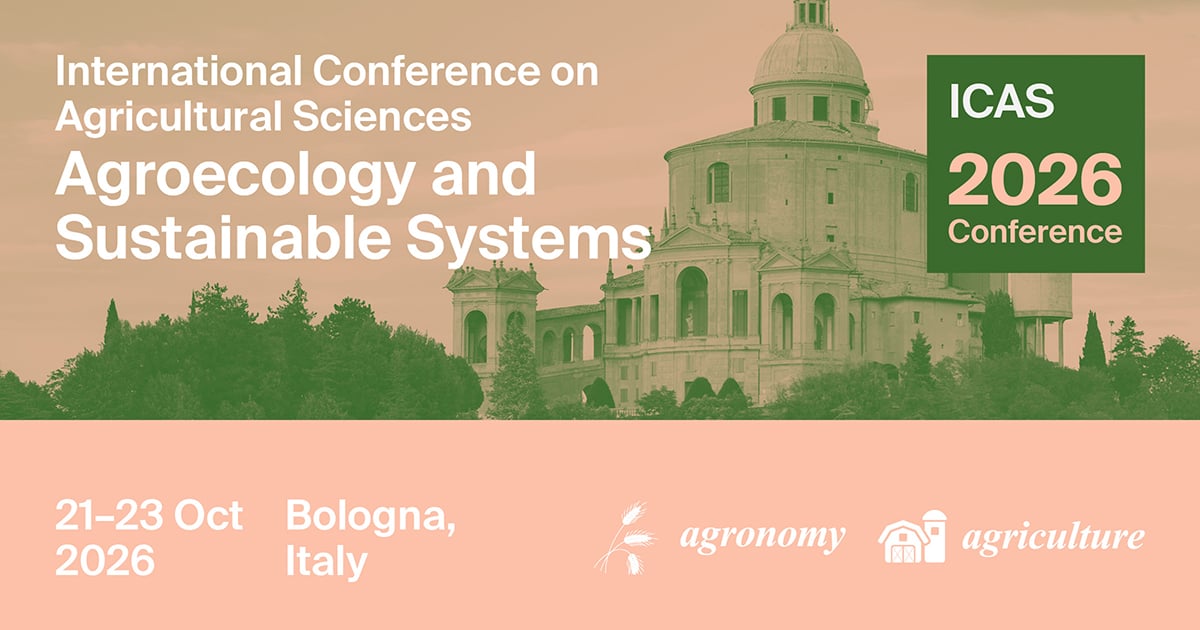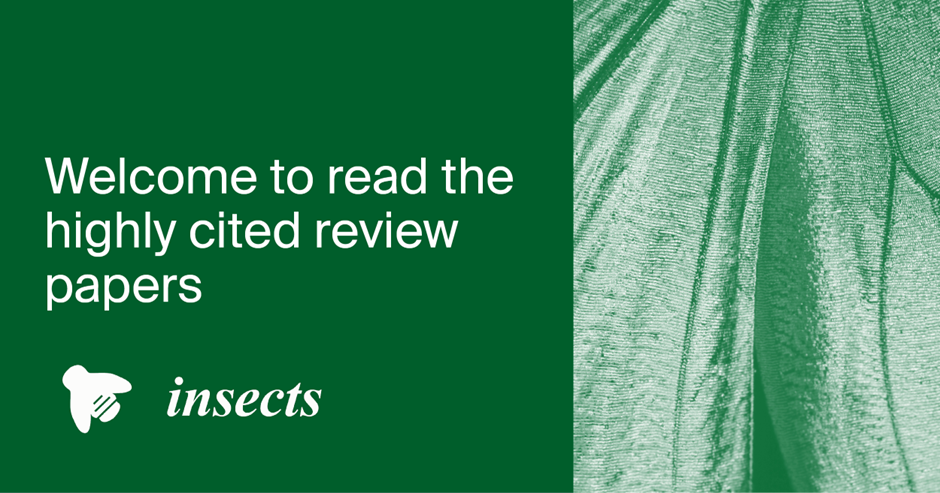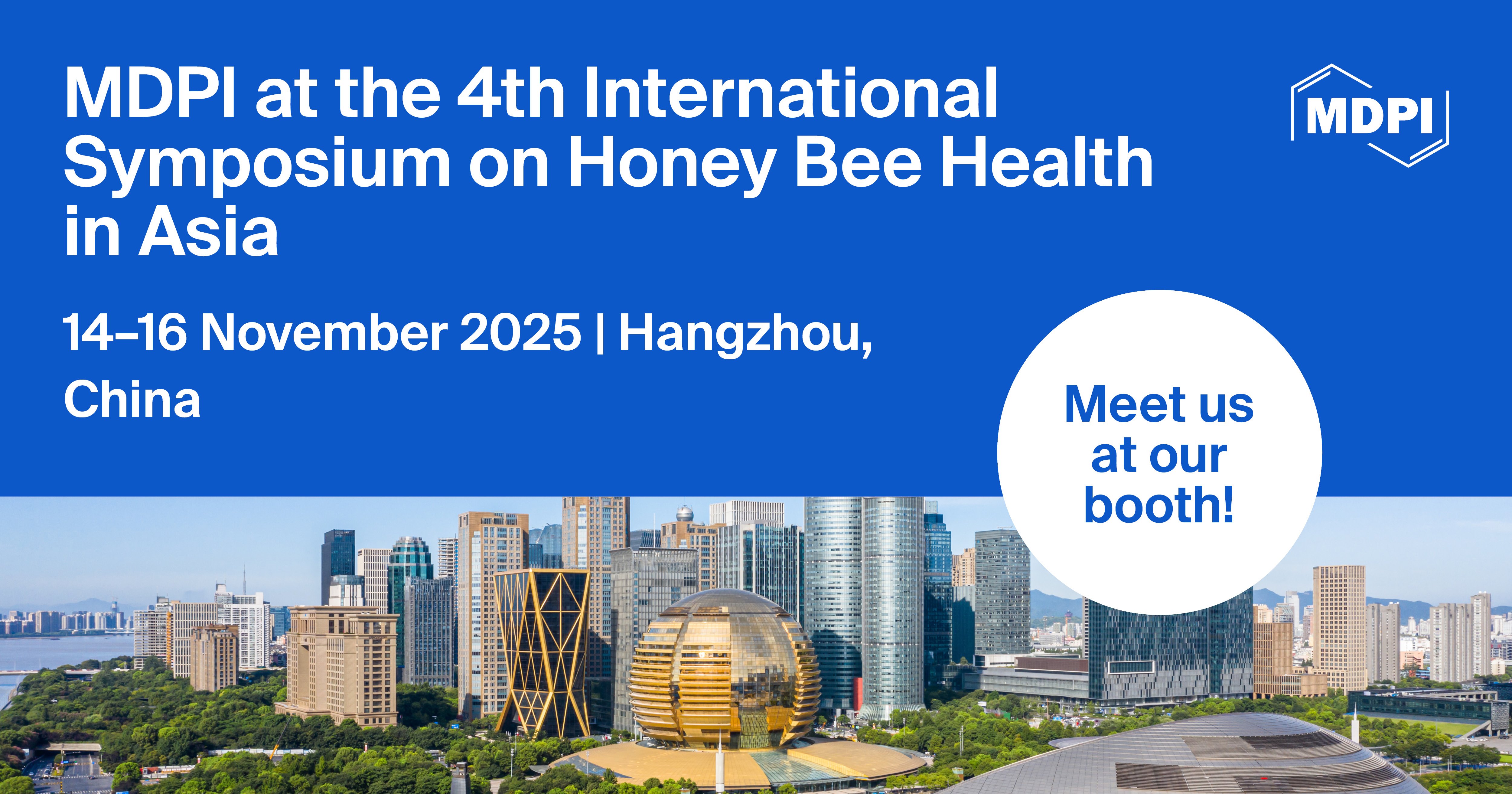- 2.9Impact Factor
- 5.6CiteScore
- 19 daysTime to First Decision
News & Conferences
Latest News & Announcements
Latest Conferences
Propose a Conference Collaboration
Promote and publicise your upcoming conference with MDPI.
All News & Conferences
News & Announcements
Meet Us at the Plant & Animal Genome Conference 33 (PAG 33), 9–14 January 2026, San Diego, CA, USA
17 December 2025
News & Announcements
Article Layout and Template Revised for Future Volumes
11 December 2025
MDPI Conference
Mark your calendars!
21 - 23 October 2026
News & Announcements
Insects | Highly Cited Review Papers Published in 2023–2024
26 November 2025
News & Announcements
MDPI Launches the Michele Parrinello Award for Pioneering Contributions in Computational Physical Science
6 November 2025
News & Announcements
MDPI INSIGHTS: The CEO's Letter #28 - WSF11, Nobel Laureates, Proofig AI, Romania Summit, STM and FBF
4 November 2025
News & Announcements
Insects | Most Downloaded Papers Published in 2023–2024
3 November 2025
News & Announcements
Meet Us at the 4th International Symposium on Honey Bee Health in Asia (COLOSS Asia 2025), 14–16 November 2025, Hangzhou, China
30 October 2025
News & Announcements
MDPI’s Newly Launched Journals in September 2025
15 October 2025
News & Announcements
MDPI INSIGHTS: The CEO's Letter #27 - OASPA 2025, COUNTER 5.1, UK Summit in London, MDPI at the Italian Senate
2 October 2025
News & Announcements
2024 MDPI Top 1000 Reviewers
1 October 2025
News & Announcements
Nobel Prize — The Science Behind the Prize
30 September 2025
of 17













